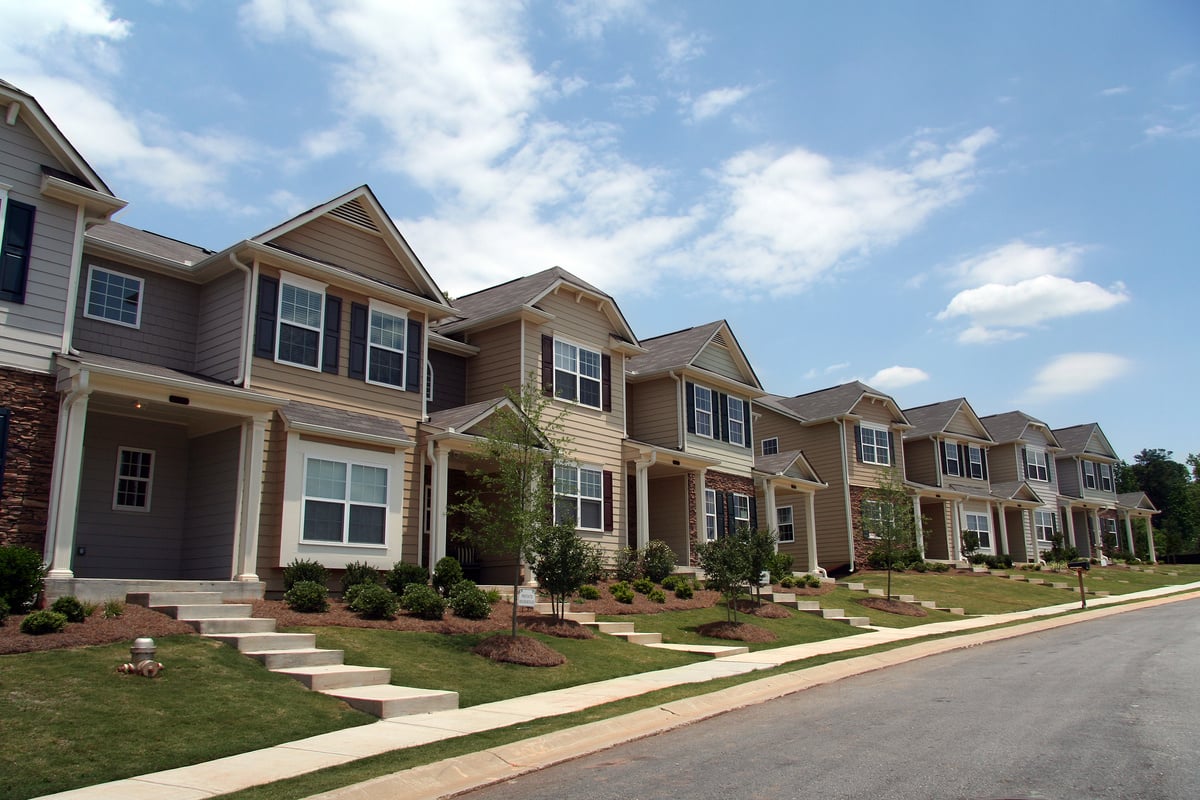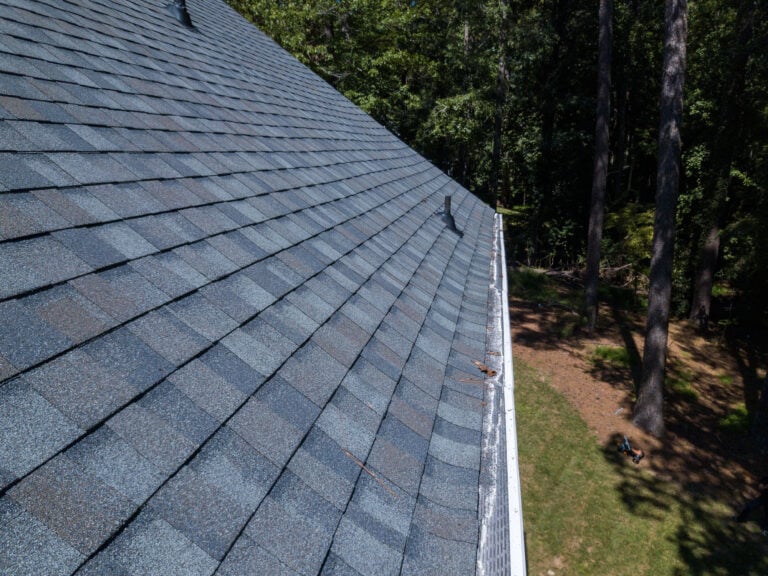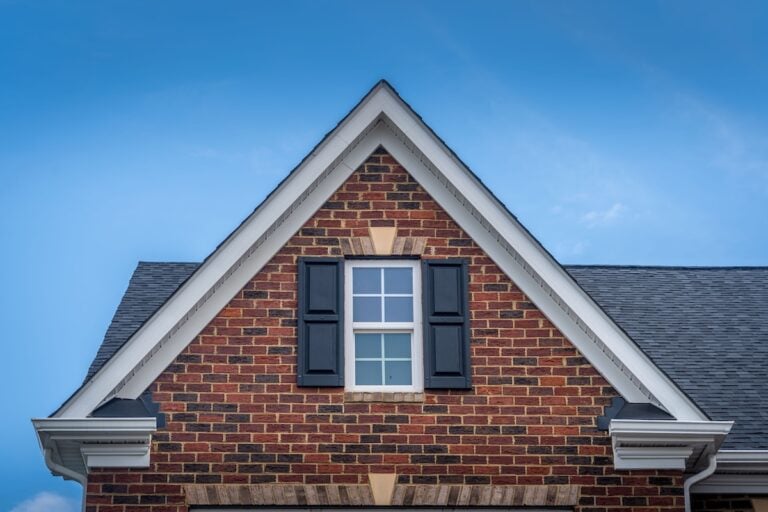Homeowner Associations (HOAs) play a pivotal role in maintaining the quality and value of properties within a community. For homeowners and property managers alike, understanding the scope of an HOA’s responsibilities can be a complex matter, especially when it comes to repairs and maintenance. This post aims to shed light on what repairs are HOA responsible for, helping you navigate the intricate world of homeowners associations with ease, including:
- Understanding HOA responsibilities and HOA board roles
- Maintenance responsibility, homeowners insurance, HOA and homeowner partnerships
- The homeowners role
- Handling HOA maintenance issues, navigating disputes, and confusion
- Governing documents, bylaws, and legal considerations
- Frequently asked questions
When you buy a property within an HOA community, you’re not just purchasing your dream home but also buying into a shared living concept, complete with rules and regulations designed to maintain harmony and property values. One of the critical areas of HOA governance lies in their maintenance responsibilities. Knowing what repairs your HOA is responsible for can save you time, money, and a significant amount of stress.
Understanding HOA Responsibilities
HOA responsibilities towards maintenance and repairs are primarily dictated by the community’s governing documents. These documents, often comprising the Declaration of Covenants, Conditions, & Restrictions (CC&Rs), bylaws, and articles of incorporation, outline the duties of the HOA and the rights of its members. It’s crucial for homeowners and property managers to familiarize themselves with these documents as they serve as the legal framework governing the community. The HOA typically handles repairs and maintenance in common areas and shared spaces, such as:
- Landscaping and grounds: This includes mowing lawns, trimming trees, and maintaining communal gardens.
- Exterior building maintenance: Repairs to the outside of condominiums or townhomes, such as painting and roof repairs, usually fall under the HOA’s purview.
- Amenities: The HOA is responsible for the upkeep of facilities like pools, gyms, and clubhouses.
- Streets and sidewalks: In many communities, the HOA maintains private roads and pathways within the area.
- Security features: Maintenance of gates, surveillance cameras, and other security systems are generally managed by the HOA.
HOA Board Roles
HOA board members play a crucial role in maintaining the quality and value of a community by overseeing common areas, enforcing rules, and managing budgets, directly impacting homeowners by ensuring a harmonious living environment and protecting property values. Their decisions and leadership affect everything from the upkeep of shared facilities to the overall aesthetic of the neighborhood, influencing homeowners’ daily lives and investment satisfaction the level of interaction can depend on the specific concerns or issues a homeowner may have.
For instance, financial queries might be directed towards the treasurer, while general concerns and suggestions are often addressed to the president. Additionally, many HOAs have a property manager or a designated contact person who handles day-to-day operations and serves as the primary point of contact for homeowners.:
Maintenance Responsibility and Homeowners Insurance
Understanding the division of maintenance responsibility between homeowners and the HOA is also pivotal for insurance purposes. Homeowners’ insurance typically covers the interior of the unit and personal possessions, while the HOA’s insurance policy covers common areas and the exterior of buildings. However, there are exceptions, and policies can vary widely, so it’s crucial to review both insurance documents carefully.
Exterior and Common Area Maintenance Responsibilities
Generally, HOAs are responsible for maintaining and repairing common areas and exterior elements of the community. This can include:
- Landscaping and Groundskeeping: Keeping shared spaces green, clean, and beautifully landscaped.
- Community Amenities: Upkeep of hallways, elevators, pools, clubhouses, gyms, and other communal facilities.
- Exterior Building Repairs: Addressing wear and tear on the exterior parts of buildings, such as roofs, external walls, and balconies in condominiums.
- HOA Plumbing Responsibilities: In some cases, the HOA may be responsible for plumbing repairs, especially those affecting common areas or exterior building systems.
HOA and Homeowner Partnerships
Successful HOAs work collaboratively with homeowners, often involving:
- Feedback mechanisms: Regular surveys and open forums can help address homeowner concerns.
- Transparency: Clear communication about budgeting, expenses, and projects is vital.
The Homeowner’s Role
While the HOA covers many aspects of property maintenance, homeowners have their responsibilities too. Typically, homeowners are responsible for everything within their individual units or homes. This includes interior systems such as plumbing, electrical wiring, heating, and cooling systems, as well as personal property and interior walls. It’s essential to review your HOA documents to understand where the HOA’s responsibility ends and yours begins. Repairs inside an individual’s home typically are not covered by the HOA and include:
- Internal systems: Plumbing, electrical wiring, and HVAC systems inside the home are usually the homeowner’s responsibility.
- Living spaces: While structural aspects like roofs and exteriors may be the HOA’s concern, the interior of homes is generally the responsibility of the owner.
- Interior maintenance: This includes things like interior painting, flooring repairs, and appliance maintenance.
- Personal property: Homeowners are responsible for their own furniture and other personal items.
3 Steps to Handle HOA Maintenance Issues
If a repair is needed in an area typically maintained by the HOA, the process usually involves:
🗣️ 1. Reporting the issue:
Homeowners should report the problem to the HOA board or the property management company.
🤔 2. Assessment:
The HOA may assess the issue to determine the best course of action.
🎉 3. Resolution:
The HOA will coordinate with contractors or maintenance staff to ensure the repair is carried out effectively.
Navigating Disputes and Confusion
Disagreements over maintenance responsibilities can arise, leading to disputes between homeowners and HOA board members. To avoid such conflicts, it’s advisable to:
- Consult the Governing Documents: Before filing a complaint or request, review your HOA’s governing documents to verify responsibility.
- Communicate Effectively: Reach out to your HOA board members or property manager with any concerns or questions. Open and respectful communication can resolve many issues.
- Dispute Resolution: Follow the HOA’s established procedures for resolving disputes. This often involves written complaints, mediation, and, in some cases, arbitration.
Governing Documents and Bylaws
Each HOA operates according to its specific set of governing documents and bylaws, which include:
- CC&Rs (Covenants, Conditions, & Restrictions): These documents outline the rights and responsibilities of the HOA and the homeowners.
- Bylaws: These provide detailed procedures for meetings, elections, and the governance of the association.
- Rules and Regulations: These include day-to-day operational guidelines, such as noise rules and amenity usage.
Legal Considerations
The question of whether the HOA can be sued typically arises when disputes are unresolved through internal processes. Key considerations include:
- Breach of CC&Rs: If the HOA fails to follow its own rules or the law.
- Negligence: If lack of maintenance leads to personal injury or property damage.
Frequently Asked Questions
Understanding and navigating the nuances in who’s responsible for what can be confusing. Here are some frequently asked questions:
Q: What if the HOA neglects its maintenance responsibilities?
A: Homeowners can bring issues to the attention of the HOA board and request action. Regular meetings provide a forum for discussion.
Q: Who pays for repairs?
A: Common area repairs are funded by HOA fees paid by homeowners. Personal property repairs are the responsibility of individual homeowners.
We’re Here To Support You
Navigating the responsibilities of an HOA and its members regarding repairs and maintenance requires a thorough understanding of the community’s governing documents and open communication channels. Whether you’re a homeowner keen on maintaining your property’s value or a property manager striving to uphold community standards, knowing which repairs are HOA responsible for is essential. By fostering a collaborative relationship with your HOA board and fellow community members, you can ensure that your HOA community remains a desirable place to live for years to come. Get in touch with our team at Palladium Roofing when you find yourself in need of expert help.





